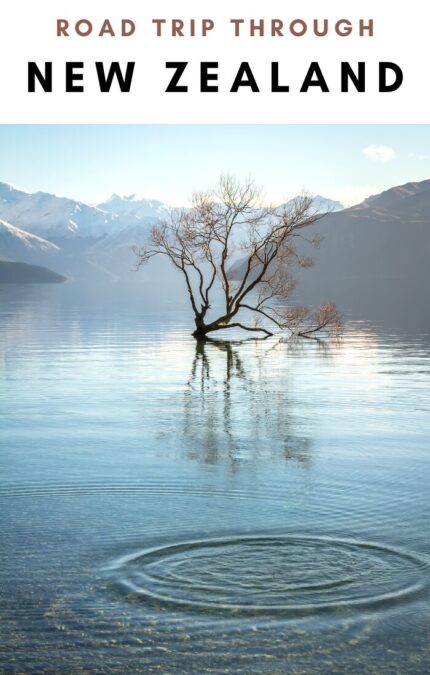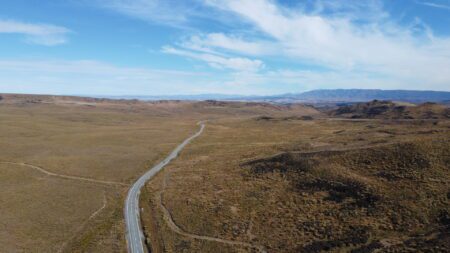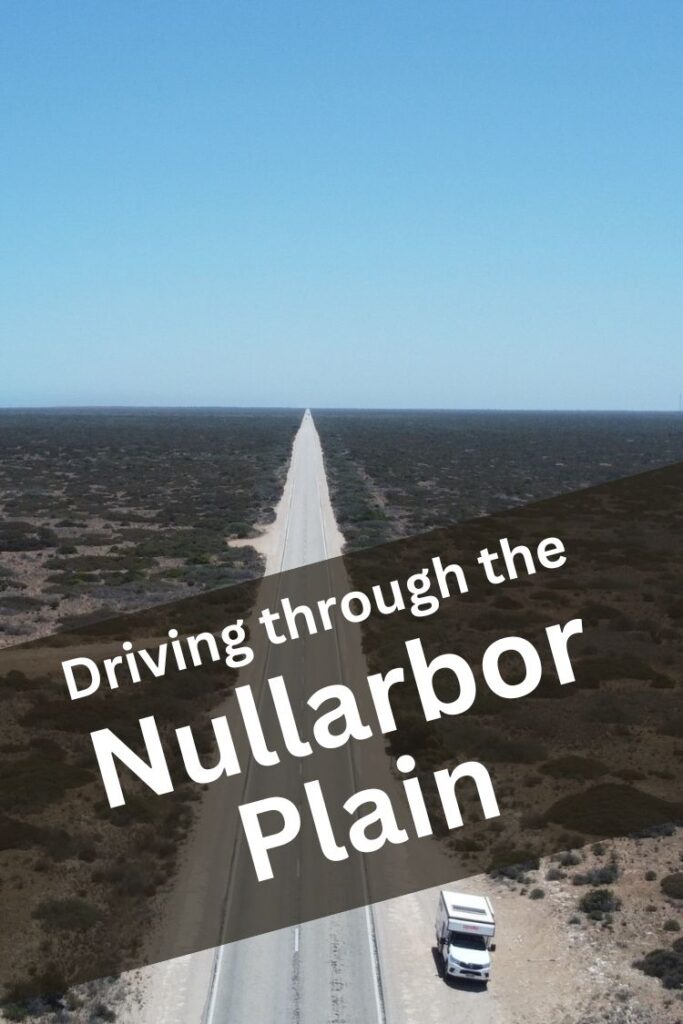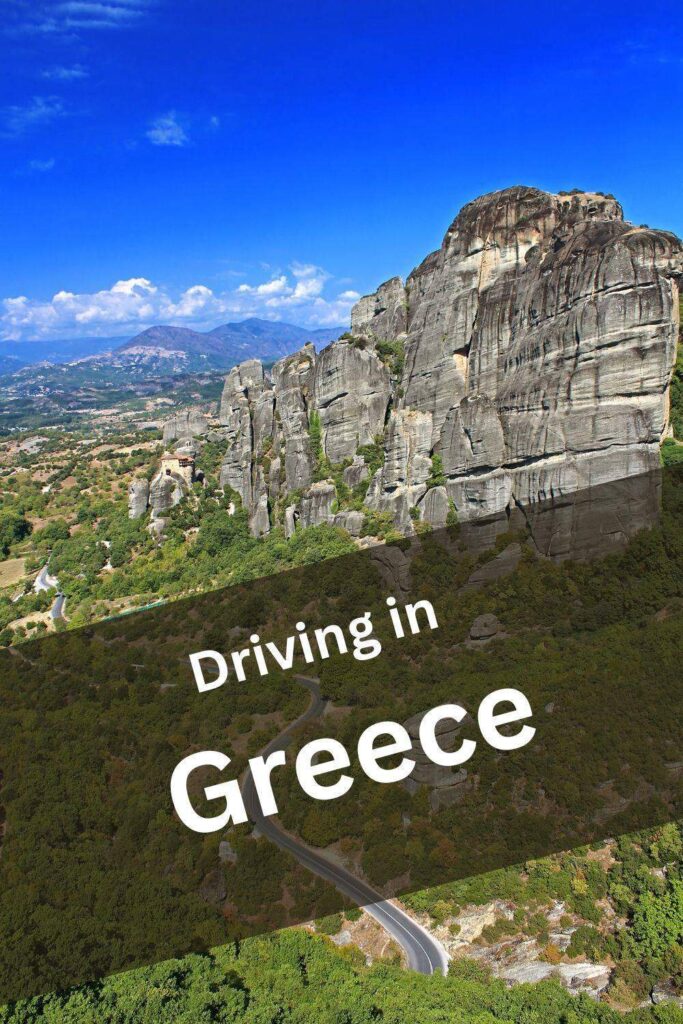Thinking of visiting Middle Earth by car, or even better in campervan? New Zealand lends itself perfectly to being explored on wheels, allowing you to admire the wonderful scenery and take in the breathtaking vistas at your pace.
Here you will find some information, as well as some tips and personal impressions on driving in the land of Kiwis. My experience comes from driving from Auckland to Christchurch, staying mostly on the South Island and exploring its west, south and east coast (it is a little over 3500 km)
For more information be sure to check out this article on my New Zealand Campervan Road Trip.

Traffic rules basics
First and foremost, the basics: in New Zealand, driving is on the left side of the road with the steering wheel on the right. So overtaking is done on the right.
All common driving requirements of developed countries are followed (i.e., mandatory seatbelts, it is illegal to drive under the influence, and the driving legal age is 18).
Speed limits vary considerably but the most common are 50 km/h in urban areas, and 100 km/h on highways. In rural areas limits range between 60 – 100 km/h.
Roundabouts are clockwise, with way given to those already in the roundabout (so to the right). Otherwise way is given to cars coming from the left.
In some countries, you may turn left at a red traffic light (or right depending on traffic direction, anyways turn without crossing a lane). In New Zealand, this is not permitted and drivers must wait for a green light.
Camping

New Zealand is the perfect country to explore on the road, and even better in a campervan, allowing one to enjoy the mesmerizing natural beauty of this country.
Campervan driving is similar to Australia, meaning that cars cannot be parked anywhere for the night and need to be in designated camping grounds. New Zealand has are a lot of camping grounds, of many price ranges (compared to Australia, on average the quality is also higher and less expensive).

Freedom camping (aka camping in the wild) is also more common with many freedom camping spots. As in the case of Australia, freedom camping is allowed only for self contained vehicles.
Given the nature of the smaller and winding roads, my suggestion is to avoid large motorhomes.
4WD is also not necessary given the quality of the roads. At most you will encounter gravel roads that simply need to be taken at slower speed.
Road Conditions

Road conditions in New Zealand are excellent. There is an extremely high number of road works being done anywhere so it is common to find sections of roads with temporary one-way traffic, or reduced speed limits.
That being said do not expect to find giant multi-lane highways. Roads are almost always (twisting) single lane and the country experiences a lot of climate variability through seasons so the effects of rain, ice, and heat can impact the road conditions.
There are a lot of one-lane bridges. Be careful when you encounter these as obviously cars already crossing on the bridge need to pass first. Otherwise there are signs which indicate which side of the road has priority.
Driving

Expected travel times are much longer than what would be expected for the relatively short distance when measuring in pure kilometers.
when planning your journey account for the high number of road works that you will surely encounter, and the hilly nature of the country (as well as all the stops you will make to take pictures and enjoy the scenery),
Road tolls

There are only 3 toll roads, all located on the North Island, which are:
- Tauranga Eastern Link Toll Road
- Northern Gateway Toll Road
- Takitimu Drive Toll Road
Toll payment is done electronically and you can pay online at www.tollroad.govt.nz
Fuel

Fuel is quite expensive and refuelling is done the “non-American” way, for lack of a better word for it. This means payment is not done upfront to unlock the pump.
Be aware that fuel amounts are measured in cents so the dials will turn pretty quickly.
Petrol stations are evenly spread out and easy to come by. However, given the low population density and large expanses without major cities, always calculate your mileage and distances conservatively to avoid finding yourself empty in the middle of nowhere.
Driving Etiquette
Generally Kiwis drive carefully and are easy going and respectful of other drivers. There also isn’t an obsession with sticking to the speed limit, without it leading to reckless driving.
Since roads often only have one lane in each direction, and there aren’t many possiblities to overtake (unlike, say, in Mexico where cars stick to the sides, creating a third unofficial passing lane in the center). In New Zealand instead, overtaking is managed through Slow Vehicle Bays and sections of the road with passing lanes. Passing lanes are quite short but are indicated well in advance so you can prepare to either overtake or move to the left to let cars pass by.
Wildlife
The natural beauty of New Zealand can be seen on the road and it is common to encounter livestock peacefully strolling, mostly herds of sheep. Obviously cars do not have priority over animals (sheep and cattle have not been taught yet to let cars pass). Slow down and be careful accounting for the unpredictable nature of animals. More often than not sheep will be scared away and move en masse away from the road once one notices you approaching.
Given the large biodiversity of the country, wildlife roadkill is unfortunately more common than in other developed countries. This amount to small animals such as possums, rabbits and small birds. Be especially careful for wingless birds that are quite slow on foot such as the kākāpō or kiwi.





